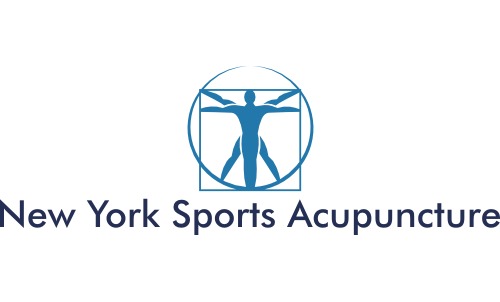Traditional
Chinese Medicine (TCM) nutrition combines ancient wisdom with modern science.
TCM nutrition is a holistic approach, which aims to balance all five flavors
within most meals with one or two flavors being emphasized for therapeutic
purposes. TCM nutrition for hypertension emphasizes bitter flavors, sour
flavors, and energetically-cooling foods.
TCM
theory states the bitter flavor benefits the heart in moderation but an excess
is harmful as it has a drying effect; for example, coffee is bitter. In
moderation, coffee acts as a vasodilator increasing circulation but in excess,
it can raise blood pressure and has a diuretic effect. Modern scientific
research has discovered while the human genome has 25 bitter taste receptors 12
of these are expressed in the human heart.
Foods
with bitter flavors include romaine lettuce, dandelion, arugula, rye. Foods
that combine bitter with pungency include citrus peel, radish, scallion, and
white pepper. In TCM nutrition the pungent flavor can help disperse phlegm (e.g.
plaque). Foods that combine bitter with sweet include asparagus, celery,
tomatoes, lettuce, quinoa, and papaya. Lemon rind is bitter and sour; vinegar
is also bitter and sour.
Bitter
flavors have a yin, or cooling effect, clearing heat in the body while
encouraging a descent of Qi, which aids in the draining of fluids. For example,
celery contains the phytochemical phthalides which relax arterial wall tissues
to increase blood flow and thereby reduce blood pressure. The fiber, magnesium,
and potassium in celery also help lower blood pressure and regulate fluid
balance. Caution: according to TCM, those with a lot of dryness and/or bone
disease should moderate their intake of bitter flavor.
A
tomato a day keeps the doctor away! The combination of lycopene, vitamin C and
E, potassium, and folic acid in tomatoes make it a powerful food for heart
health. The bitter flavor of tomatoes comes from the seeds; to reap the full
benefit of tomatoes eat the seeds too. Heirloom tomatoes in the season have the
most flavor, find the tastiest tomatoes at your farmer’s market or try growing
your own.
Chrysanthemum
tea is very popular in Asia; it is helpful for headaches, dizziness, high blood
pressure, chest pain, and also fevers. You can add chrysanthemum flowers to
your morning green tea and in the evening combine it with chamomile tea for
extra cooling benefits!
TCM
nutrition cautions against overdoing cold foods and drinks. Too much cold
inhibits the digestive process. Drinking warm beverages and soups, as well as
eating foods with a little pungency (chili pepper, garlic, ginger) causes the
body to perspire slightly which naturally cools the body.
5
Flavors Chickpea Salad for Healthy & Happy Heart
15
oz cooked organic chickpeas (1 can)
1/2
c cup cooked quinoa or 1 cup brown rice (warm)
4
stalks celery, minced
6-12
cherry tomatoes, chopped in 1/2 or 1/4
8-12
Romaine lettuce leaves, chopped
2
TBSP red onion, minced
Toss
with a dressing made with:
2
TBSP olive oil
1
TBSP lemon juice + a little lemon zest (organic is best)
1
tsp grated ginger
1/2
tsp honey or agave
1-2
garlic cloves (minced or pressed)
1/8
tsp Himalayan or Sea salt (or to taste)
fresh
ground black pepper (to taste)
Dr. Bishara Wilson, DACM
flow.page/drbishara
Resources
https://health.clevelandclinic.org/2015/04/celery-may-help-bring-your-high-blood-pressure-down/
Foster, S. R., Blank, K., Hoe, L. E. S., Behrens, M., Meyerhof,
W., Peart, J. N., & Thomas, W. G. (2014). Bitter taste receptor agonists
elicit G-protein-dependent negative inotropy in the murine heart. The FASEB Journal, 28(10), 4497-4508.
Kastner,
Joseph, MD, L.Ac, (2009) Chinese Nutrition Therapy, Thieme, Stuttgart and New
York
Pitchford,
Paul (2002), Healing with Whole Foods: Asian Traditions and Modern Nutrition,
North Atlantic Books, Berkeley, California
Ried, K., Frank, O. R., Stocks, N. P., Fakler, P., &
Sullivan, T. (2008). Effect of garlic on blood pressure: a systematic review
and meta-analysis. BMC cardiovascular
disorders, 8(1), 1.
Willcox, J. K., Catignani, G. L., & Lazarus, S. (2003).
Tomatoes and Cardiovascular Health. Critical
Reviews in Food Science and Nutrition, 43(1),
1-18.








